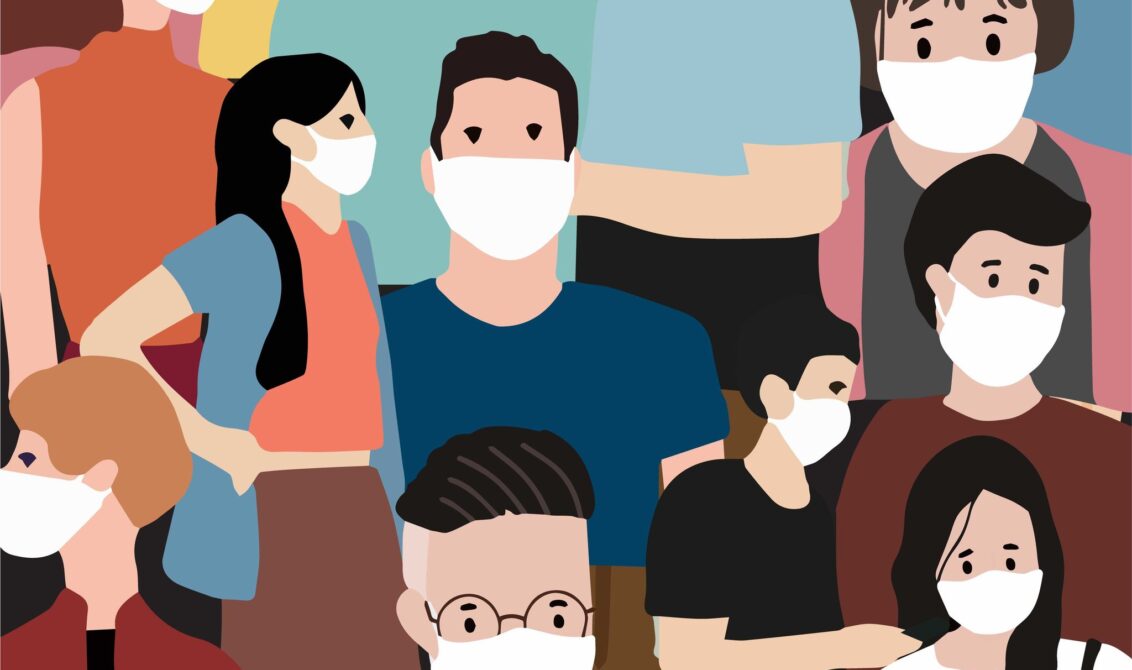
After four weeks of lockdown, does it still make sense?
How long to keep the shelter-in-place when it means loss of income for millions of Americans — especially for those who can ill afford it?
At the same time, there is a fear of getting and/or spreading a potentially deadly virus. We want to know the real chances of getting the COVID-19 virus and dying from it.
The issue of whether we will get the virus is about understanding numbers better. The total deaths are less relevant but deaths per 100 populations — the percentage— is meaningful. Right now the number of deaths for every 100 people is estimated between 0.4 to 10. This means in our country of 330 million, between 1.3 to 33 million people could die if nothing was done to contain the spread.
With a heightened awareness and social distancing, the deaths will be much lower, and that is why Dr. Anthony Fauci has reduced his estimate to 60,000 deaths.
These numbers are being arrived at by looking at historic percentage deaths in other countries and also in different parts of the United States. The difficulty with assessing this is that there is not enough historic data to draw reliable conclusions — special circumstances could have contributed to the deaths.
The percentage of the population that will contract the diseases without social distancing depends on population density, lack of protective and preventive measures, and access to medical care. It also demands a look at the percentage of the population in the at-risk category. Sixty years plus and immunocompromised people’s death rates being higher.
To mitigate the effects of special circumstances that skew the numbers we need a larger amount of data and the ability to account for other variables across different countries.
Allowing people to return to work — between 16-55 years old — will revive the economy, but will increase the risk of spreading the disease.
Epidemiologists use models to predict the estimated number of infections. They take into consideration historic data, living conditions, and extent of lockdown to predict the R0 (pronounced “R-nought”): the number of people that each newly infected person will spread the disease to. R0 is between 2 and 7 for COVID-19. R0 also depends on how long a person has been exposed to the virus, which is why the models and predictions keep changing.
COVID-19 is far more contagious than flu because there is no vaccine yet, and the infected person may not show symptoms while unknowingly shedding and spreading the virus.
Early lockdown and social distancing seemed necessary until we could understand the science and math behind how COVID-19 acts and spreads, and how to treat the symptoms.
Initially, the availability of test kits, hospital beds and health supplies were in serious shortage to handle the influx of new patients. Since then we have learned more. It is now time to relax the lockdown, I would argue.
Lifting shelter in place is not only good for reviving the economy but also to develop more immunity in the healthy population through a slow spread. Scientists at John Hopkins believe that “herd immunity” is achieved when 70% of the population becomes immune by contracting it and/or through vaccination.
Industries and institutions have to start opening up to get people to work and start making a living. An office cleaner will not have a job unless people are coming to the offices. Parents cannot go to work unless their children are in schools — a chain effect. Denmark is beginning to open up schools first.
As a society, we should also ask why is it okay for some to go to work but not for others. We want our statisticians, epidemiologist, healthcare workers, drug discovery people to go to work to protect us. We still want people producing food and enabling modern conveniences — water, electricity, phones, internet, gas — working.
People in the government are still working: policymakers, policemen, firemen and those dispensing the stimulus package to Americans.
Many of us are working from home yet others cannot and suffer due to lost wages.
Even though auto-accident cause 39,000 deaths per year— mostly 16-55 years old — yet 83% use autos to commute to work, making an economic tradeoff.
It is time to start relaxing the shelter in place in a prudent way to allow Americans to make their own tradeoffs.
Nursing and retirement homes could be given extra help with isolation and resources for iPads and Zoom accounts for them to stay connected with their families— a much cheaper approach.
Isolation for seniors comes with a penalty. They get further away from the social landscape of life. I heard once a physician make a case for taking care of our older parents at our own homes “otherwise their world dies before they do,” he stated.
Staying in fear and defensive posture is not good for the old or the young. Understanding and acting on the tradeoffs between the spread of COVID-19 and jumpstarting the economy can be uplifting in itself.
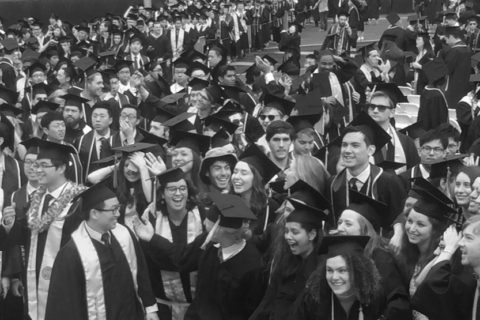


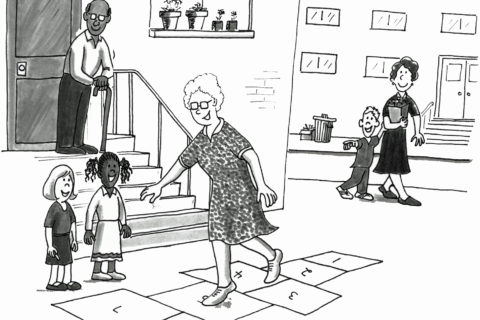
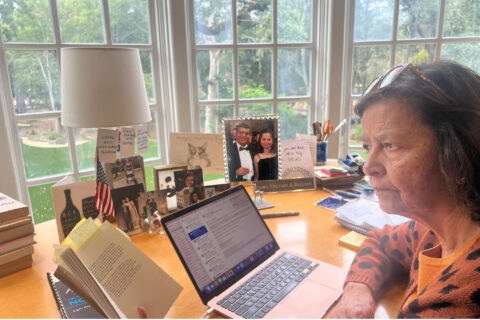
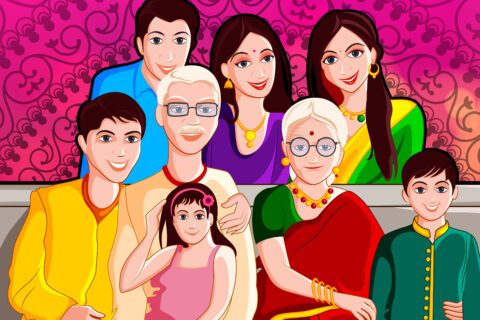


Joe Stokes
I would like to see different terminology used in this case. “Shelter-n-place” comes from situations (e.g. active shooters) where one must stay where one is until s/he receives further instructions. The response to this Corona virus has never been shelter-in-place; rather stay-at-home- as-you-can. Everyone folks can go outdoors to exercise, go to the store for needed supplies, and go to work for those deemed essential.
Chandru Bhambhra
Namaste Vinitaji, very nicely explained ?
Thanks
Chandru Bhambhra
Rajvir Singh
Good thoughts. There is a need to open the economy and in
a phased approach that is controllable. It is more miserable due to loss of income for those who live from paycheck to paycheck than risk the infection.
It is impractical to create a clinically clean living environment. I grew up in village life where living in dirt and mud and playing with it was a daily scene; walking to school without shoes, be it winter or rain. Strong immunity is the best defence. I did suffer from a bout of pneumonia in December of 2008 from common cold and was stay@home for two months.
Peg Kaplan
Vinita, as always, balanced and perceptive. Definitely not easy (in many respects) to quantify all that is occurring and weigh what is most ideal. Yet I think many states, though well intended, have exacerbated some other problems that will lead to very serious consequences. We do need to find some middle ground, even though what is defined by “middle ground” may vary from area to area.
To Joe, our state is indeed using the language “shelter in place”. One might argue with good reason in certain respects! I cannot myself define what is exactly the right combination of far greater precautions versus “opening up” society to some degree. Yet I do think that some do not recognize the major challenges for some who now have no jobs, no money and face dire consequences.
I hope we can continue to learn more, be careful and wise in all our actions. And yet, also get back to living again. I read yesterday about a town that experienced multiple suicides in one day due to overwhelmingly difficult situations. As Vinita wisely describes, there are trade-offs. We need to do our best to weigh all.
Aarti Awasthi
Thanks for the sensitive yet sensible look at Covid. We need more of these informed social dialogues to help find balance through this pandemic. It’s time to apply a pragmatic solution that is safe and realistic. Leaving masses in a limbo and changing messaging midstream isn’t feasible so the press and writers need to be given guidelines so the messaging is in cohesion.
vinitagupta
Aarti, you bring up a good point of the role of media. It is a very important one. Thanks for chiming in.
Vijay Gupta
Covid-19 statistics are all over the place. A recent study from Stanford claims that between 48,000 and 81,000 people in Santa Clara county had been infected by early April when the official case count was merely 956. Thus the actual Covid death rate (“case fatality rate”) may be 50-85 times lower than stated, and may be roughly equal to the death rate of flu in a bad flu season.
Another interesting statistic is from Sweden. They did not shut down the non-essential economy, nor did they implement social distancing, etc. They merely banned very large gatherings. They also did not implement a comprehensive testing program to isolate infected people. Yet their (population-level) death rate is comparable to that of UK, Italy, and NY state. Norway and Finland do have lower rates now, but they may catch up with Sweden when they reopen their economies.
By going against the grain, the Swedes have shown that there is a much wider range of health and economic tradeoffs possible than what the mainstream US media has led us to believe. The Stanford study and the Swedish data also offer hope that Covid-19 may not be as scary as initially presented.
A key rationale used for economic shutdown was the “flattening of the curve” so that the healthcare system is not overwhelmed. Now that we are finally over the hump, we can relax the economic shutdown gradually while watching the curve as we go. My guess is that most of the vulnerable (and careless) people got infected in the first wave, so the peak of the second wave (after we reopen the economy) would be lower. And with some luck, the warmer weather may help too.
Suresh Srivastava
Very apt and appropriate counsel. Social production is the foundation of human evolution, without which human species shall perish.
Max Cohen
Comparing car accidents to this virus is bit lame argument, this virus killed 30k people in 2months alone and it’s just United States it’s not over yet and we are already comparing numbers here.
It is sick to see this kind of post, while the innocent and poor loose their lives.
Infact posts like these are worse that CoronaVirus itself.
vinitagupta
I understand the risks but favor a balanced approach.